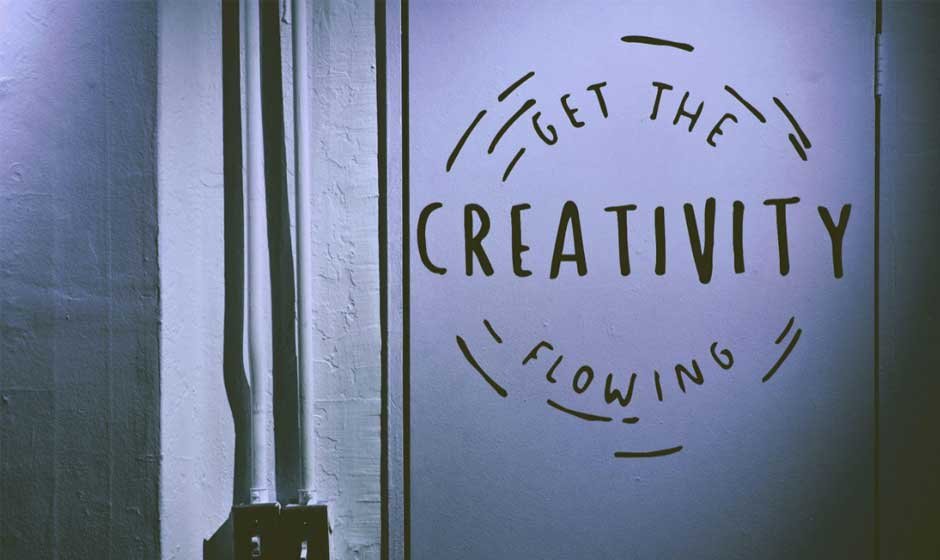When you think about creativity, you probably imagine flashes of inspiration, artistic genius, or ideas appearing out of nowhere. But creativity is not a mystical process. It is a mirror reflecting the way your mind processes information, connects patterns, and interprets the world. Every sketch, story, invention, or solution you come up with is a direct clue about how your brain really works.
Creativity is less about what you make and more about how you think. It reveals your shortcuts, your biases, your blind spots, and your brilliance. That is why psychologists and neuroscientists study creativity so closely. It is not just about art. It is about uncovering the secret mechanics of human thought.
The brain is a remix machine
At its core, creativity is remixing. Your brain does not pull ideas from thin air. It takes fragments of experiences, memories, and knowledge and rearranges them into something that feels new. That song lyric you wrote was probably sparked by a phrase you overheard years ago. That business idea might have been stitched together from a podcast, a late-night conversation, and a frustration you could not shake.
This explains why creativity feels unpredictable. Your subconscious is constantly filing away details and making connections. When two seemingly unrelated things click, the result looks like a “creative breakthrough.” But it is really your brain running one of its oldest tricks: recombination.
The role of constraints in sparking originality
Here is the irony. Many people believe creativity requires total freedom. Yet most breakthroughs happen inside constraints. Writers create sharper lines when they follow strict forms. Designers innovate when budgets are tight. Scientists discover when problems force them into corners.
Constraints push your mind to stretch. They reveal how you navigate limits, where you take risks, and how you prioritize. In other words, your creative response to limitations reveals the architecture of your thought process.
Creativity and the subconscious mind
The subconscious mind plays a starring role in creativity. Think about the last time you had a great idea in the shower or while driving. That was your brain continuing to work in the background long after you stopped consciously thinking.
Psychologists often describe creativity as a cycle between focus and release. First you load your brain with information and effort. Then you let go. During the downtime, your subconscious makes connections you could not force. When the solution finally appears, it feels sudden. But really, it was built quietly in the background.
Why play is serious business
Play is often dismissed as frivolous, but it is one of the most important tools for understanding creativity. When you play, you suspend judgment and allow your brain to test new pathways without fear of failure. Playful exploration reveals your mental flexibility, your willingness to experiment, and your openness to new outcomes.
In children, play builds imagination and problem-solving. In adults, it reawakens curiosity and helps bypass the rigid patterns that daily routines enforce. Play is not wasted time. It is the raw laboratory where creativity shows you how your mind improvises.
Creativity as problem-solving
Not all creativity looks like painting or writing. Sometimes it looks like figuring out how to stretch a paycheck, reworking a recipe with missing ingredients, or managing conflict without escalation. These moments reveal your problem-solving style. Do you rely on logic first? Do you turn to emotion? Do you improvise?
Problem-solving exposes the pathways you default to. Some people brainstorm many ideas before choosing one. Others lock onto the first workable option. Neither is wrong, but both reveal how your brain values speed, safety, or innovation.
The psychology behind creative flow
Flow is the state where creativity feels effortless. You lose track of time, you feel completely immersed, and distractions fall away. Flow does not just happen at random. It happens when your skills match the challenge in front of you. Too easy, and you get bored. Too hard, and you get anxious.
This balance reveals your relationship with challenge and reward. Flow shows you how your brain calibrates effort and satisfaction. It is not just a pleasant state, it is a diagnostic tool for understanding motivation.
Creativity as self-expression and self-revelation
Every creative act is a form of self-expression. But more importantly, it is self-revelation. Your creative choices expose what matters to you, what you fear, and what you hope for. The metaphors you use, the characters you invent, the colors you choose, all reflect patterns in your psyche.
This is why creative therapy can be so powerful. It bypasses the need for perfect articulation. Instead, it allows expression in shapes, sounds, or stories that reveal truths words alone might hide. Working with professionals, like the team at CASE Psychology, can help people decode these creative signals and understand the deeper rules guiding their minds.
Working with a child therapist, like the team at CASE Psychology, can help people decode these creative signals and understand the deeper rules guiding their minds.
Why everyone is creative (even if you deny it)
One of the biggest myths is that creativity belongs to artists. In reality, creativity belongs to everyone. Every time you solve, adapt, reframe, or imagine, you are being creative. The difference is only in scale and form.
The more you embrace creativity in daily life, the more clearly you see the way your mind works. It teaches you how you handle risk, how you navigate ambiguity, and how you make meaning. Creativity is not an accessory. It is a mirror of your mental patterns.
The final reveal
Creativity is not magic. It is a reflection. It shows you how your brain connects dots, breaks patterns, and adapts to limits. It reveals whether you are rigid or flexible, cautious or bold, inward-focused or outward-looking.
The next time you create, do not just ask “Is this good?” Ask “What does this reveal about how my mind really works?” That is where the insight lies. The product matters, but the process tells you who you are.










